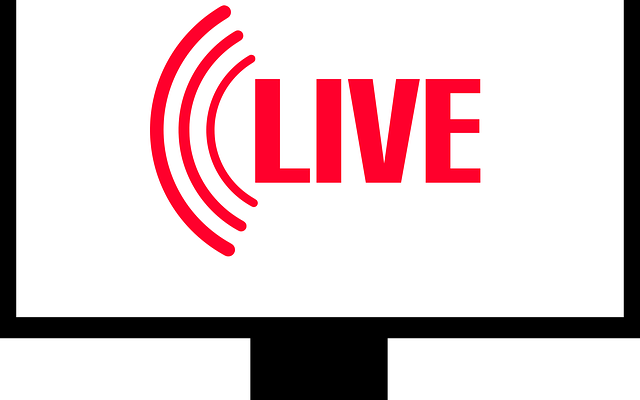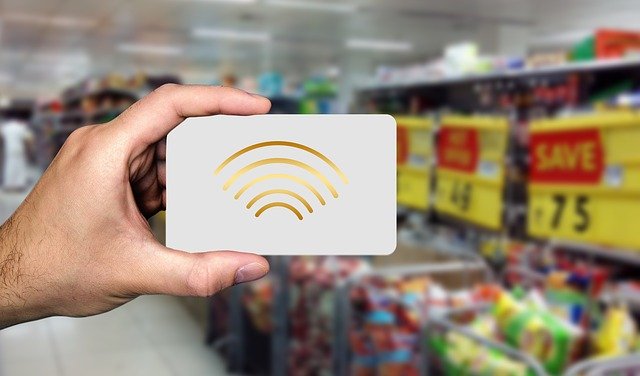What is Streaming? And How Video Streaming works

Streaming is a method of viewing video or listening to audio content without actually downloading the media files.
Video streaming allows the user to download video content while watching it. This saves time on buffering and enables the content to be viewed online, rather than saving it to a device.
Video web-based is the way toward changing over video and sound into a compacted mechanical design, at that point conveying the information through PC organizations. This full information can be all the more effectively communicated utilizing PC networks due to its more modest size. The video and sound can be live stream or pre-recorded content and can be consistently streamed or conveyed as on interest content.
The initial phase in the video web-based interaction is to pack the sound and video content carefully. This is needed to monitor transmission capacity that is utilized for the conveyance of the content. Extraordinarily created programming applications, called codecs, are being used to pack the video and sound information. Codecs use numerical calculations to consolidate the information. Most codecs utilize a technique for information pressure known as lossy information pressure. This technique permits the pressure of the content without losing the nature of the first video and sound content. Progressed codecs require a lot of PC assets for top quality video and sound information pressure. Equilibrium should be set up between the pressure quality, transmission capacity devoured, and PC assets utilized. This equilibrium guarantees a quality survey and listening experience for everybody.
The subsequent stage is to circulate the encoded video and sound content. Uncommon worker programming is needed for the nonstop dissemination of interactive media content. This specific programming can be introduced and run on different PC working frameworks including Windows, Linux and Macintosh; notwithstanding a few other PC working frameworks. Singular records can be conveyed utilizing on interest content conveyance, without the requirement for specific worker programming. On interest, content can be facilitated by using a standard site account.
The last advance is to set up the compacted content for conveyance. The strategy for information conveyance used to ship the content through PC networks is controlled by a few factors that include: programming utilized for the pressure of the sound and video information, design of the PC network used for content conveyance and end-client necessities. Conveyance of this information over PC networks utilizes exceptional programming or equipment directions to course the video and sound content to the end client. Every PC network transport convention has its own unique attributes that make it relevant in exact circumstances. Strategies for interactive media information transport include HTTP, RTSP, IP Multicast and P2P.
No transmission permit or specialized certificate is needed for Internet web-based, dissimilar to a standard transmission station. The only prerequisites for Internet video real-time are:
- Specific information conveyance worker programming.
- Unique sound and video encoding programming.
- Data transfer capacity.
Transmission capacity is needed for the conveyance of the video and sound content to the end client. The equation for deciding the measure of transmission capacity required for video web-based is Bandwidth required = information encoding speed x number of wanted successive clients.
All media content or news live is dependent upon relevant protected innovation guidelines. These guidelines contrast from country to country; anyway, the overall principle for sound and video content is the station starting the Internet transfer should claim, or have a permit to convey material covered under copyright guidelines.










